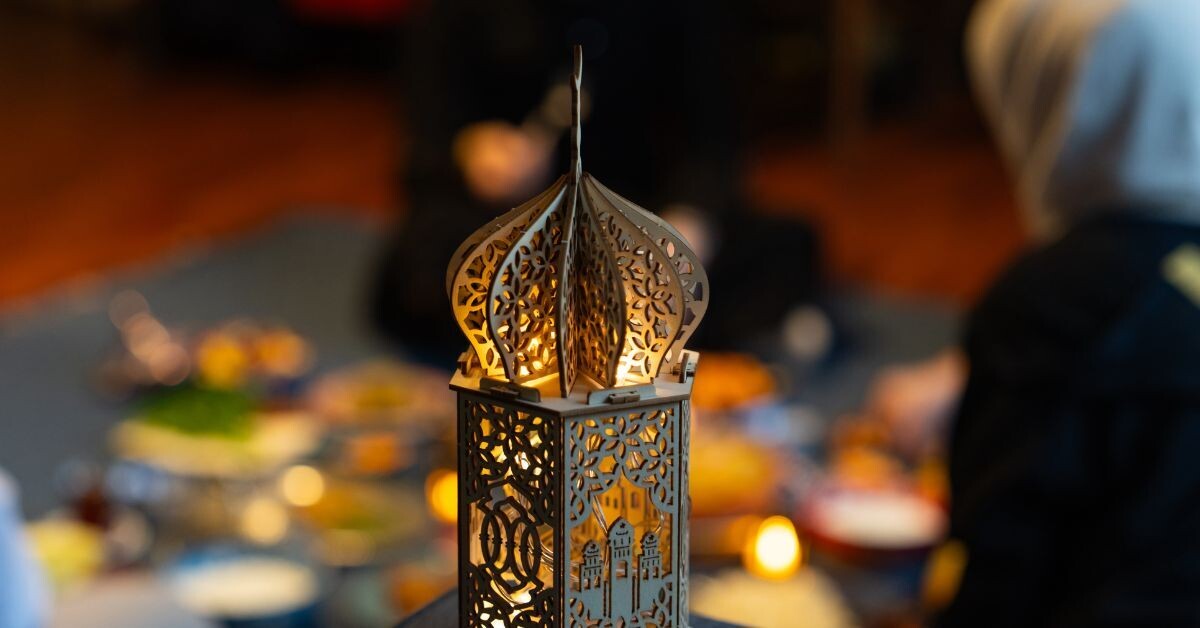
Ramadan is a holy month of fasting, prayer, and reflection, embodying faith and community. It follows the Islamic lunar calendar, shifting approximately 10 to 12 days earlier each year compared to the Gregorian calendar. Muslims fast from dawn until sunset, refraining from food, water, and other physical needs, enhancing prayers and Quran recitation.
During Ramadan, families and friends gather to break their fast with a meal, fostering connections and celebrations. The month ends with Eid al-Fitr, a festive celebration involving communal prayers, feasting, and gift exchanges. This period of fasting varies in duration due to different seasons, affecting the fasting hours based on daylight length.
As part of the practices during Ramadan, Muslims express happiness and gratitude by giving Zakat al-Fitr to support those in need. Important phrases to know include greetings like "Ramadan Mubarak," "Ramadan Kareem," and "Eid Mubarak." Understanding these aspects of Ramadan can deepen connections and appreciation for diverse cultural and religious practices.
The fasting routine includes "Suhoor," a pre-dawn meal, and "Iftar," the meal marking the end of the daily fast. Nights during Ramadan feature special prayers called "Taraweeh" held in mosques, reciting longer sections of the Quran. Certain groups like pregnant women, children, the elderly, the sick, and travelers are exempt from fasting.
Last year, Ramadan occurred in winter for the first time in 24 years, affecting the fasting experience with shorter days. Despite the seasonal variations, the spirit of Ramadan, centered on empathy and generosity, resonates with people of all faiths. With Ramadan 2025 set to begin on March 1, it is an opportune time to learn about this sacred month for Muslims worldwide, encouraging understanding and connections through shared traditions.













